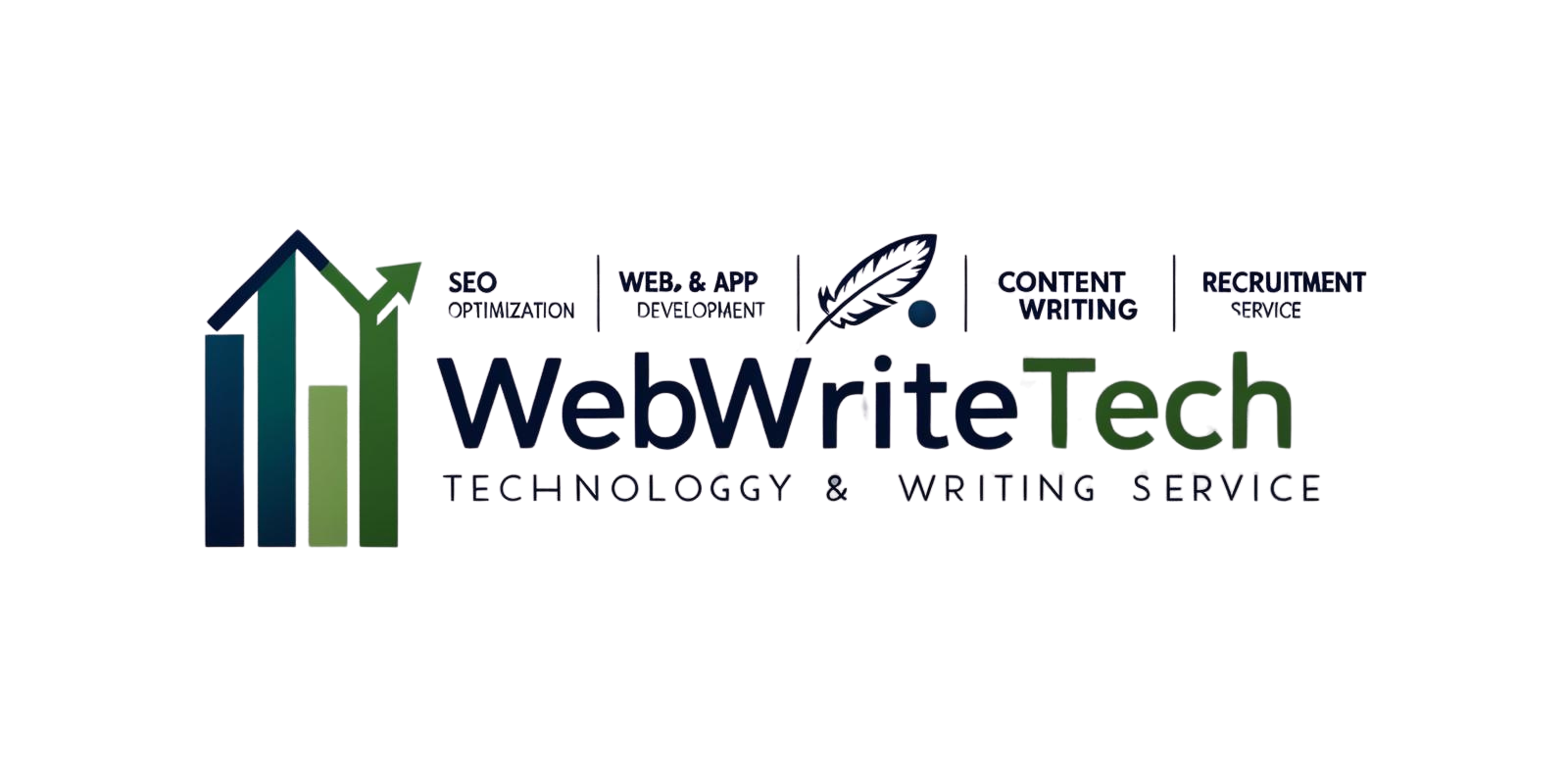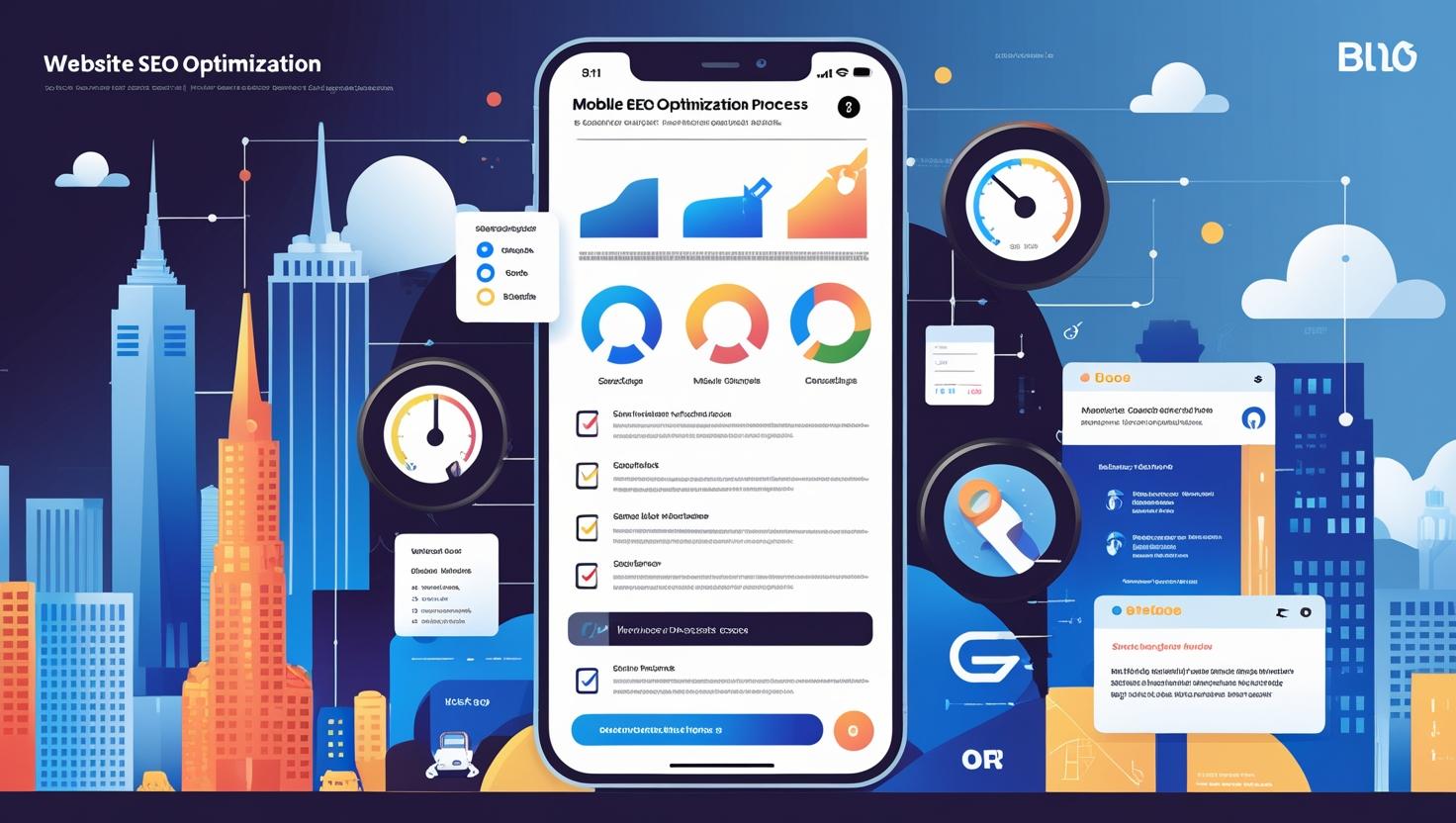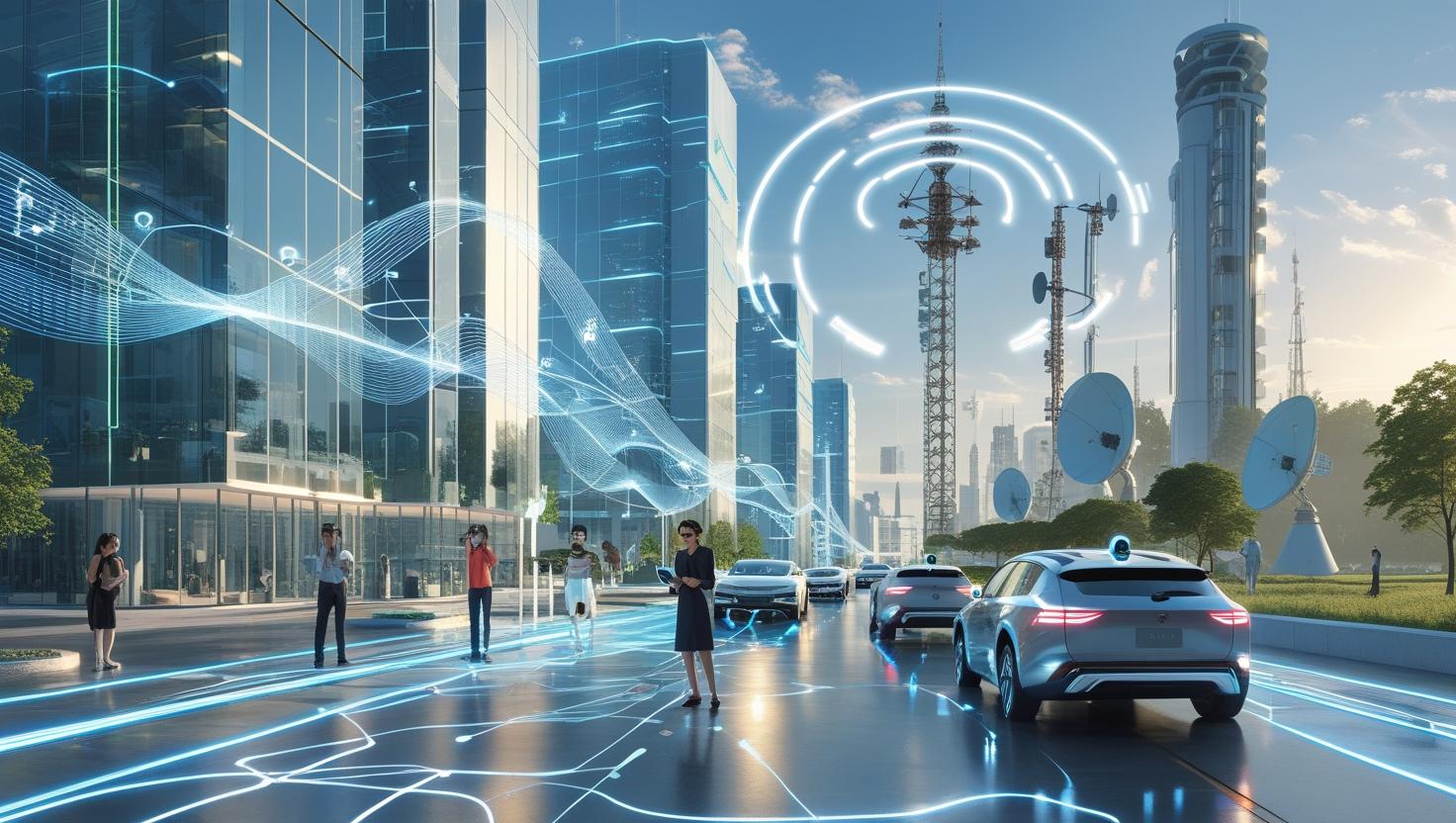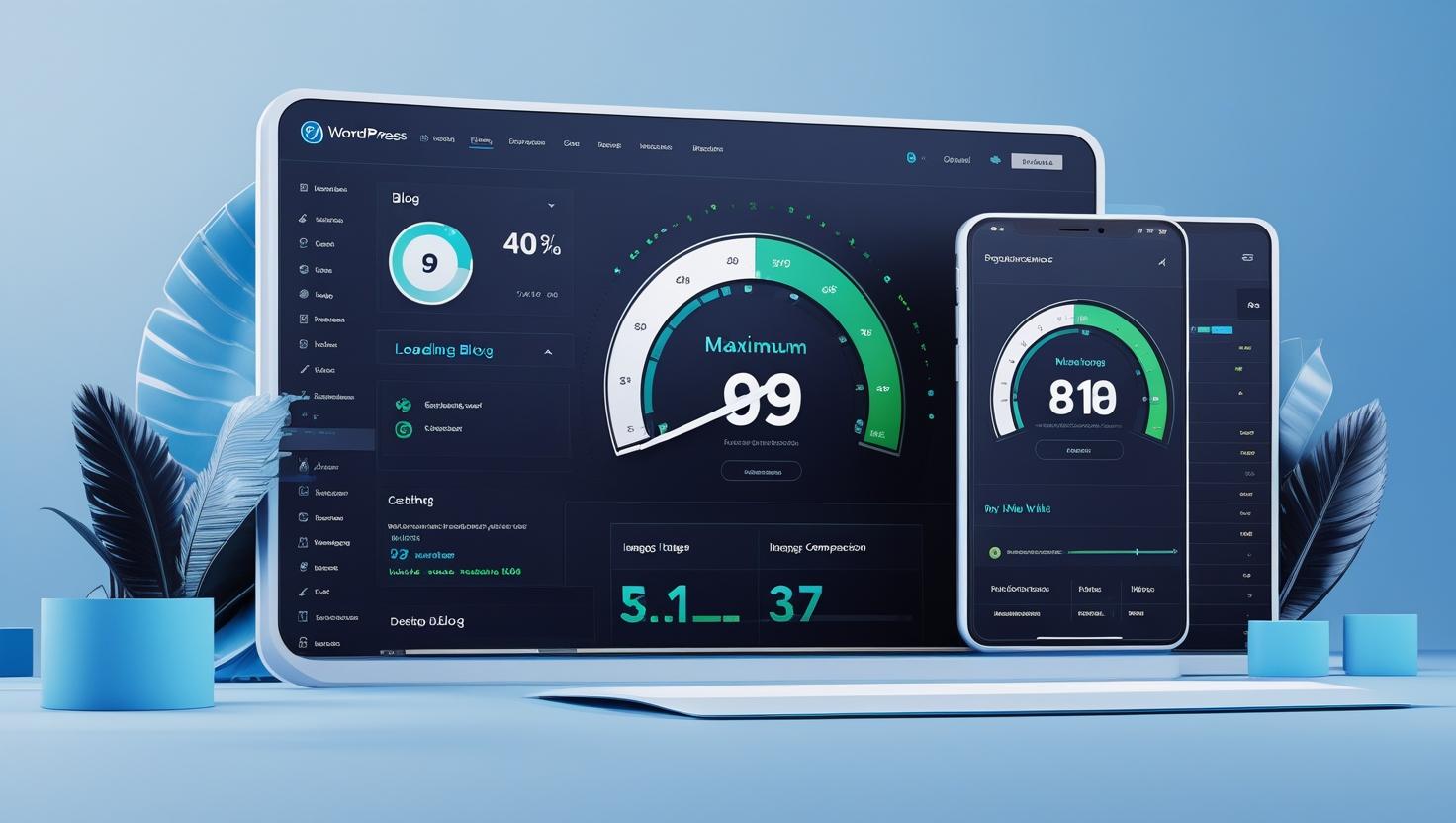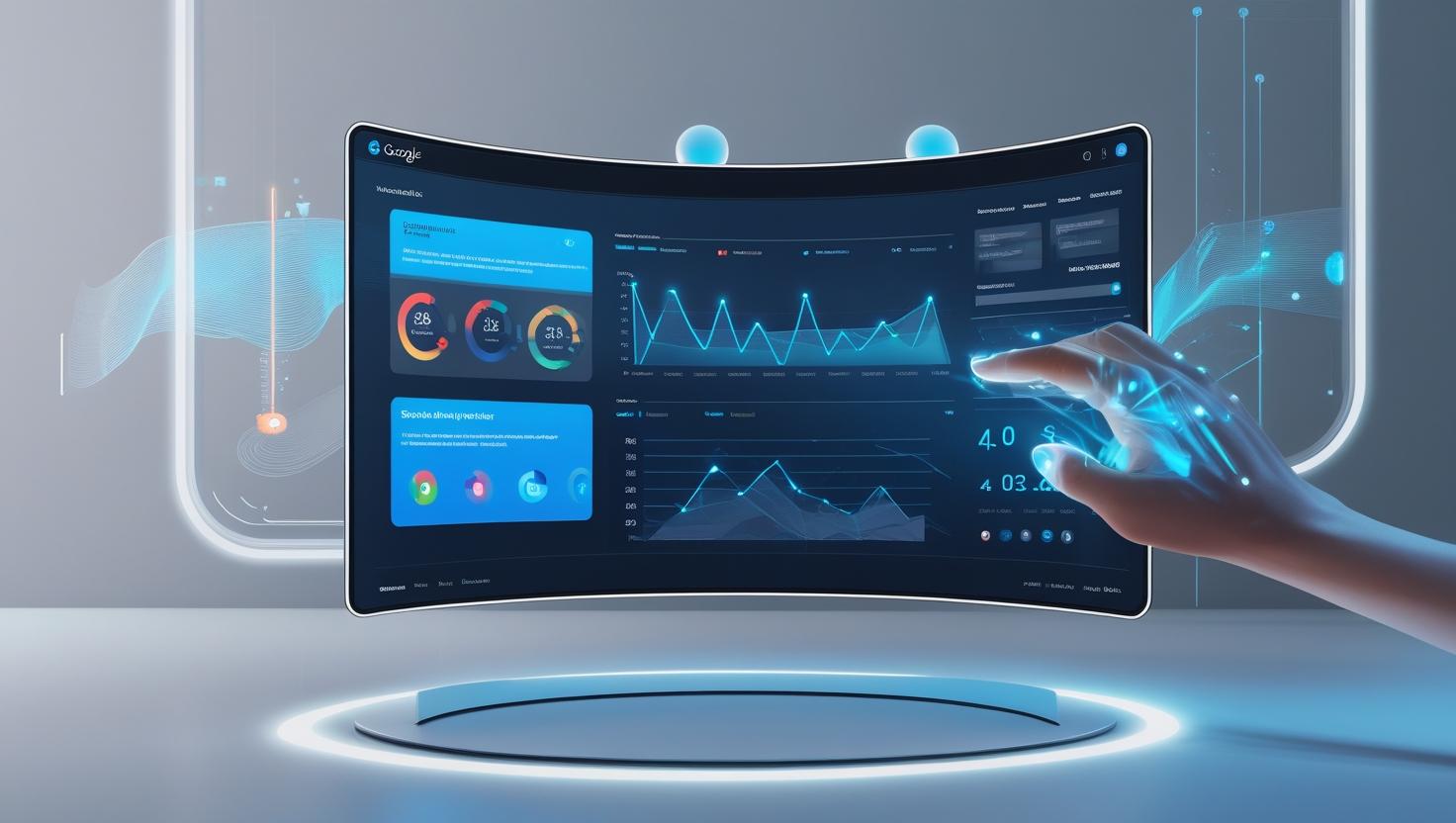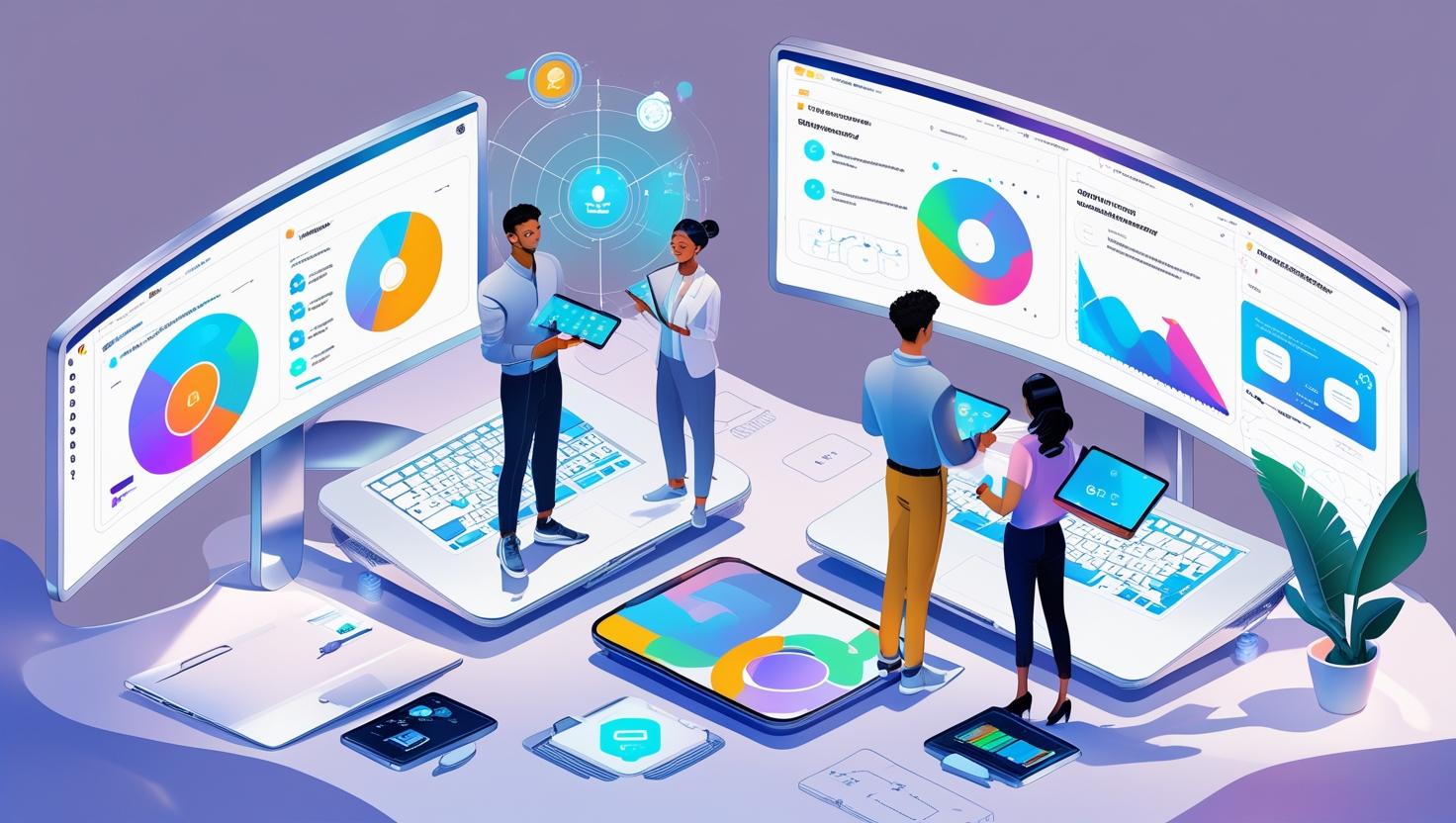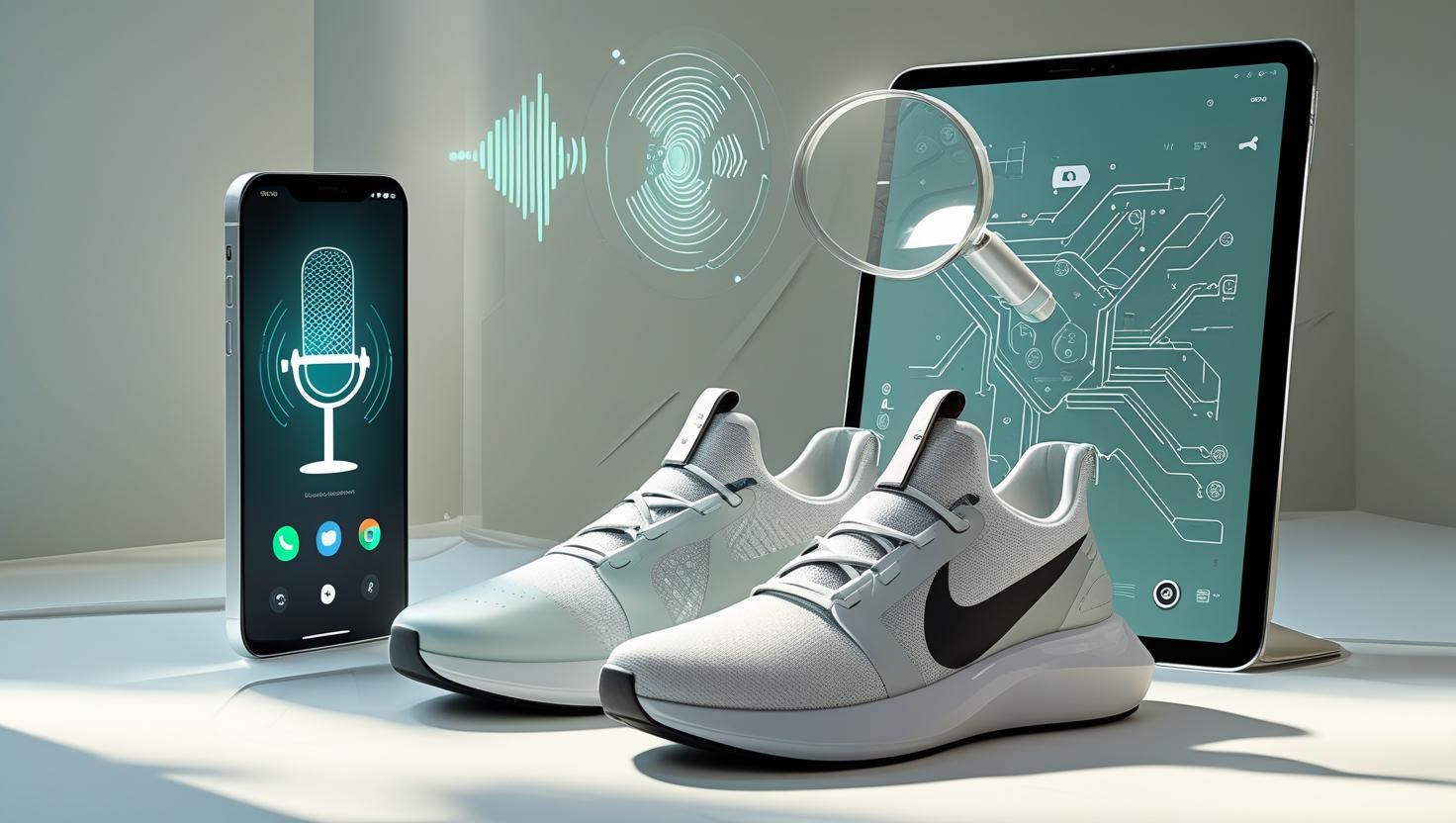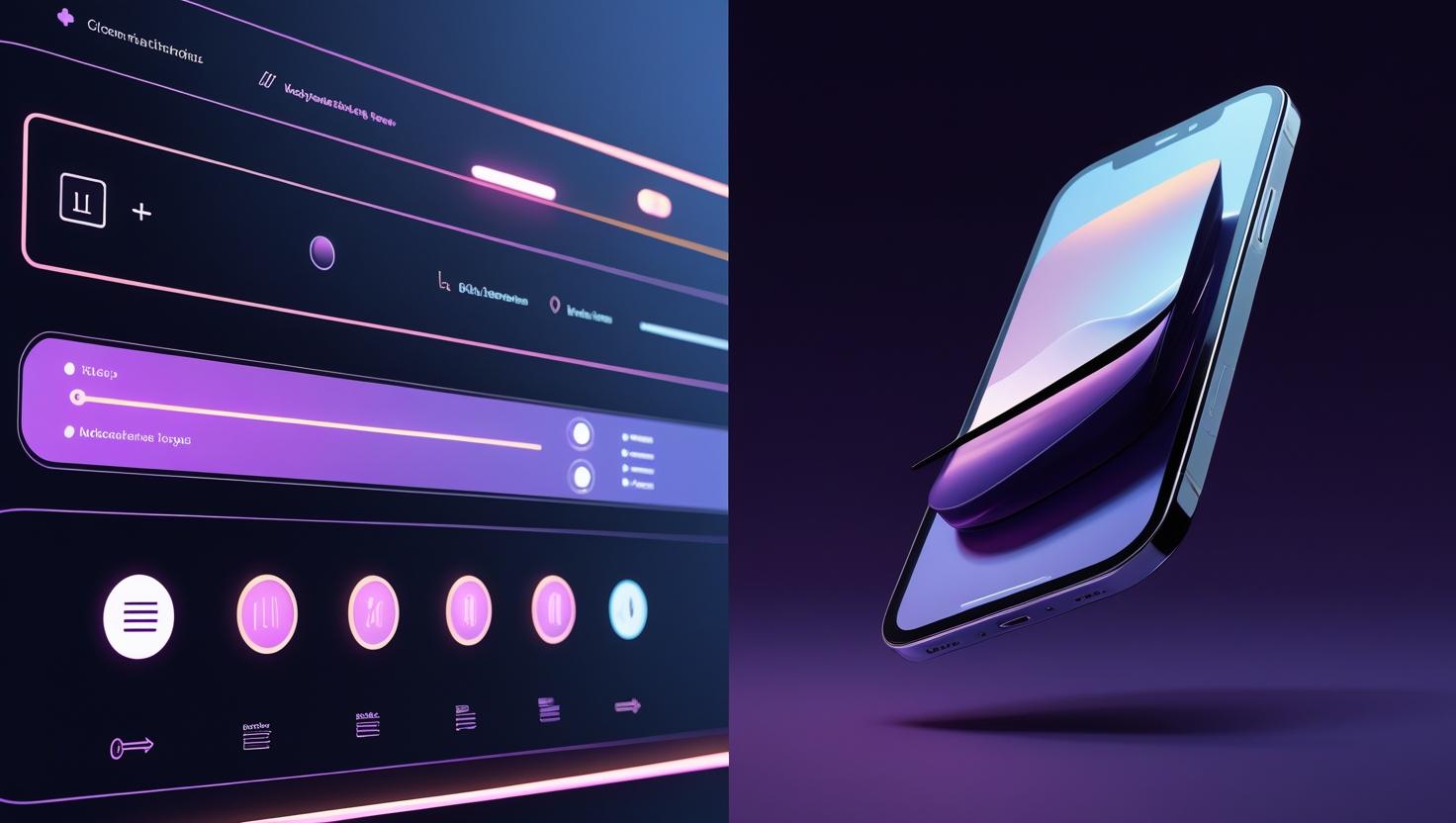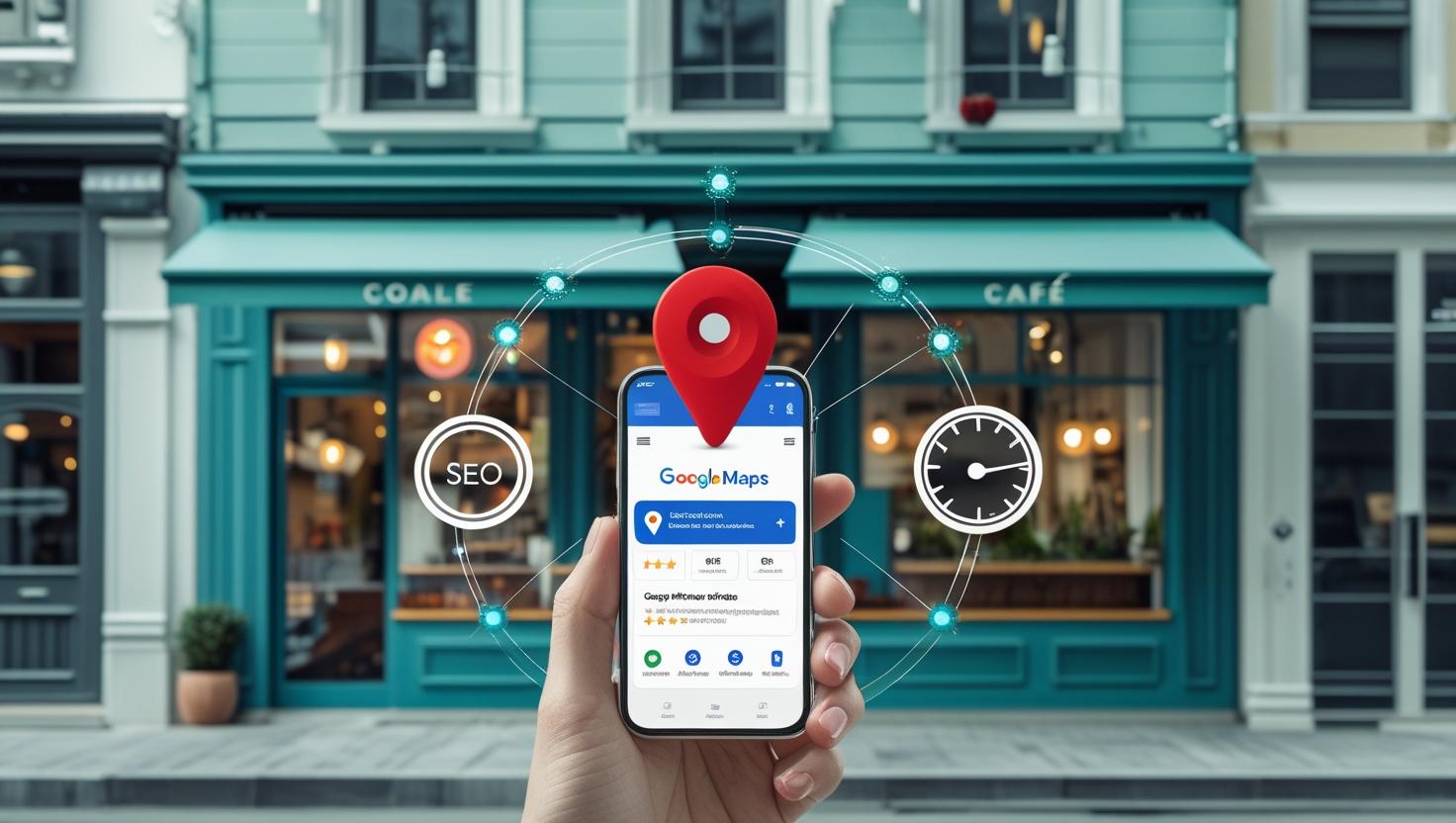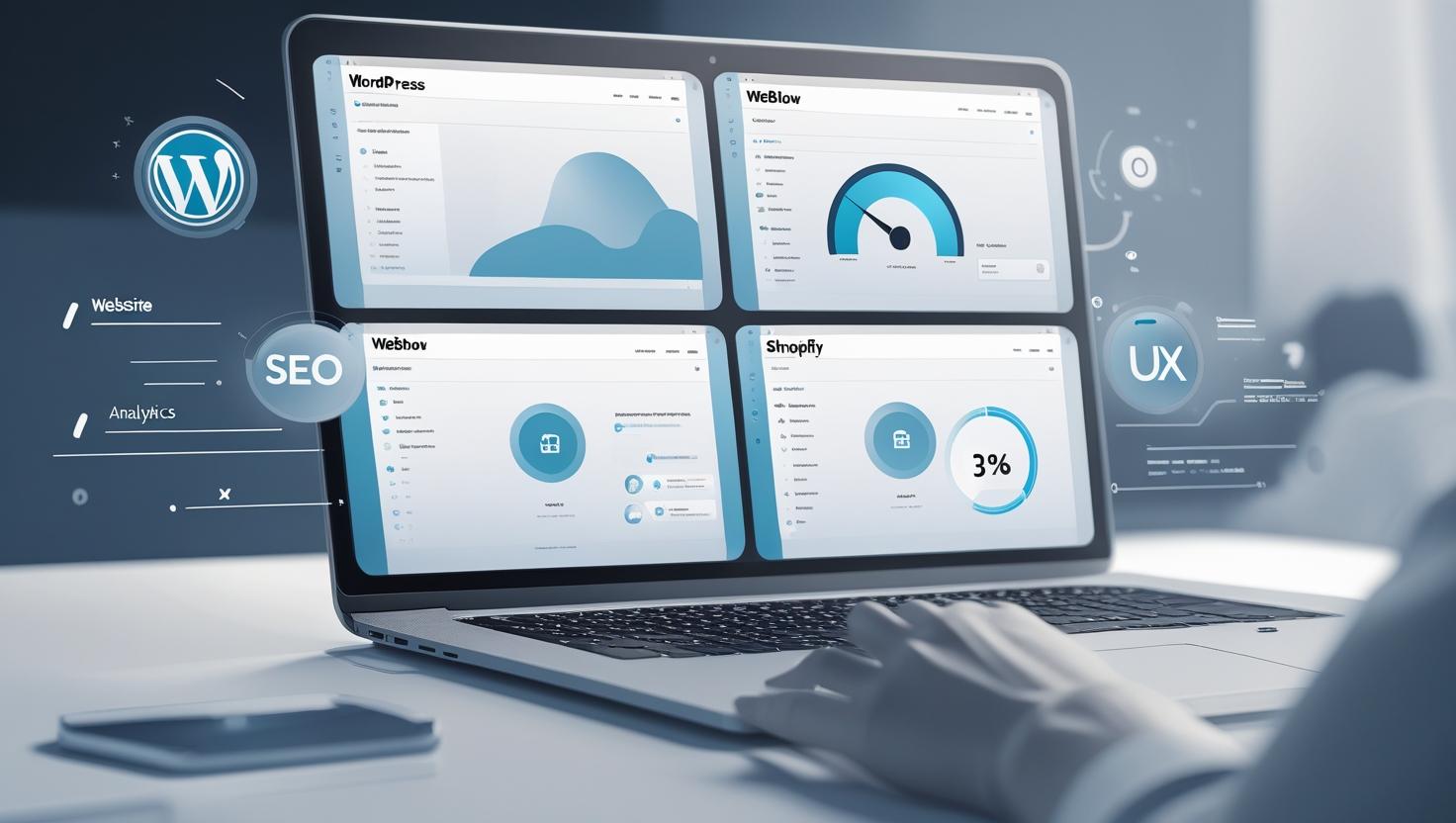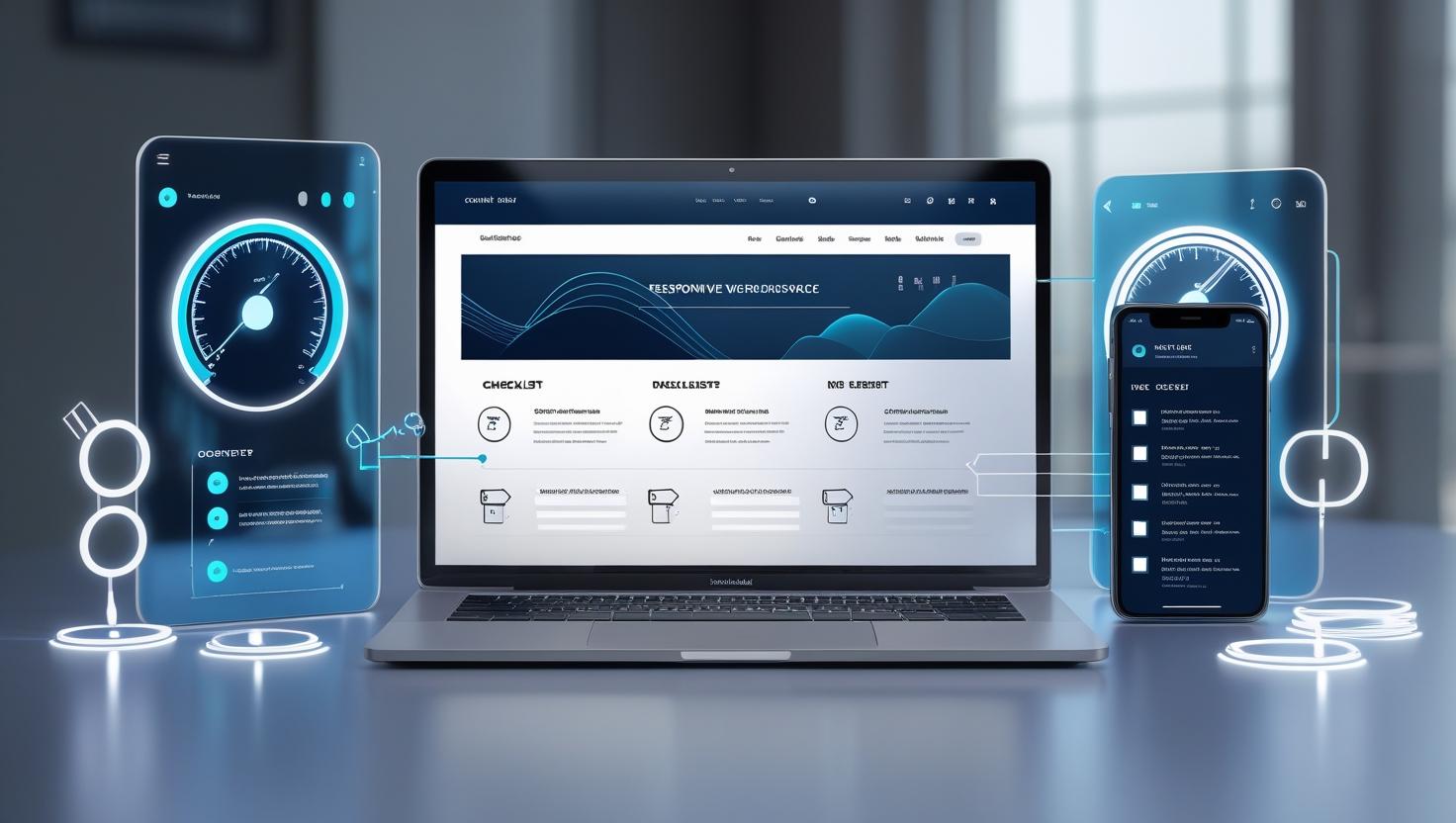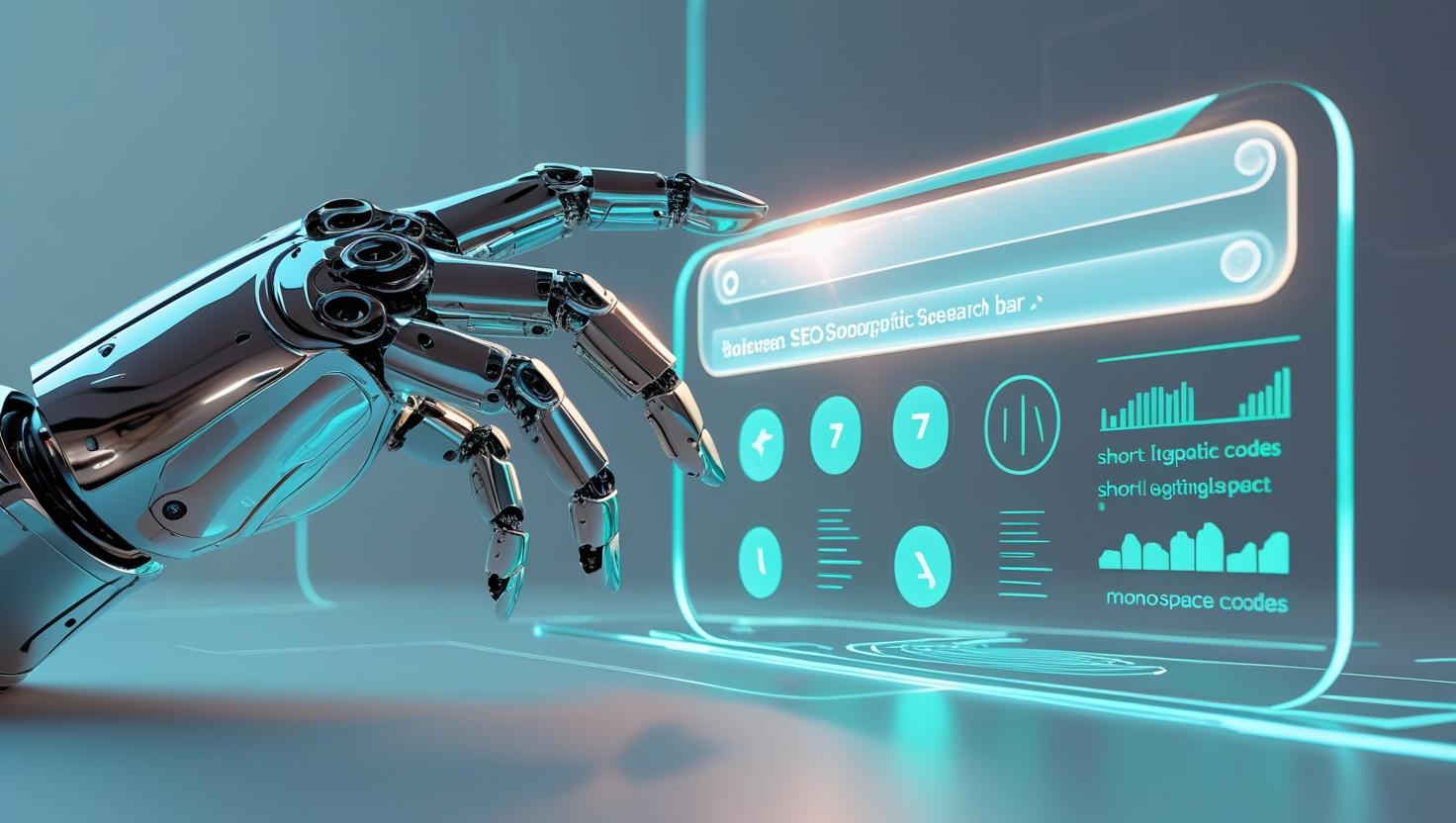

Web development is evolving at an unprecedented pace. With advancements in artificial intelligence, blockchain, and immersive technologies, the future of web development promises more dynamic, efficient, and user-friendly experiences. This article explores the key trends and technologies shaping the future of web development and how businesses can stay ahead in this rapidly changing landscape.
The Rise of Artificial Intelligence in Web Development
AI-Powered Web Design
AI is revolutionizing web design with tools like Wix ADI, Adobe Sensei, and AI-driven UX/UI optimization. These platforms use machine learning algorithms to create intuitive, personalized web experiences with minimal human intervention.
Chatbots and AI Assistants
Integrating AI chatbots and virtual assistants improves user engagement, enhances customer support, and boosts conversions. Chatbots powered by natural language processing (NLP) can provide instant responses, personalized recommendations, and seamless navigation.
Progressive Web Applications (PWAs): The Future of Browsing
What Are PWAs?
Progressive Web Apps (PWAs) combine the best of web and mobile applications, providing fast, reliable, and engaging experiences. They work offline, load instantly, and eliminate the need for app store downloads.
Benefits of PWAs

- Faster load times
- Offline accessibility
- Enhanced user experience
- Cost-effective development
- Higher engagement and retention rates
Examples of Successful PWAs
- Twitter Lite
- Starbucks
- Uber
The Role of Blockchain in Web Security
Decentralization and Data Security
Blockchain technology enhances web security by decentralizing data storage, making it tamper-proof and reducing the risks of cyber-attacks.
Smart Contracts and Payments
Smart contracts automate transactions, reducing fraud risks and streamlining online payments. Cryptocurrencies like Bitcoin and Ethereum are also influencing e-commerce web development.
The Evolution of Web 3.0
What Is Web 3.0?
Web 3.0 represents a decentralized internet where users have more control over their data. It leverages blockchain, AI, and semantic web technologies to create an intelligent and personalized browsing experience.
Key Features of Web 3.0
- Decentralization
- AI-driven content curation
- Enhanced privacy and security
- Interoperability between different platforms
The Growth of No-Code and Low-Code Development
Benefits of No-Code/Low-Code Platforms
- Faster development
- Cost reduction
- Accessibility for non-technical users
- Flexibility and scalability
Popular No-Code/Low-Code Tools
- Webflow
- Bubble
- Adalo
- OutSystems
The Impact of Augmented Reality (AR) and Virtual Reality (VR)
AR/VR in Web Development
AR and VR are transforming industries like e-commerce, real estate, and education by providing immersive experiences.
Examples of AR/VR in Websites
- Virtual try-on solutions in e-commerce
- 3D tours for real estate
- Interactive learning experiences
Voice Search Optimization and the Future of SEO
The Rise of Voice Search
With the growing popularity of voice assistants like Alexa and Google Assistant, optimizing websites for voice search is crucial.
Voice Search SEO Strategies
- Use conversational keywords
- Optimize for local search
- Implement structured data markup
Conclusion: Preparing for the Future
The future of web development is driven by AI, blockchain, Web 3.0, PWAs, AR/VR, and voice search. Businesses must adapt to these trends to remain competitive in the digital space. Staying updated with emerging technologies and optimizing websites for the latest innovations will ensure long-term success.
By embracing these advancements, developers and businesses can create more efficient, secure, and user-friendly web experiences that cater to the ever-evolving demands of the digital world.
